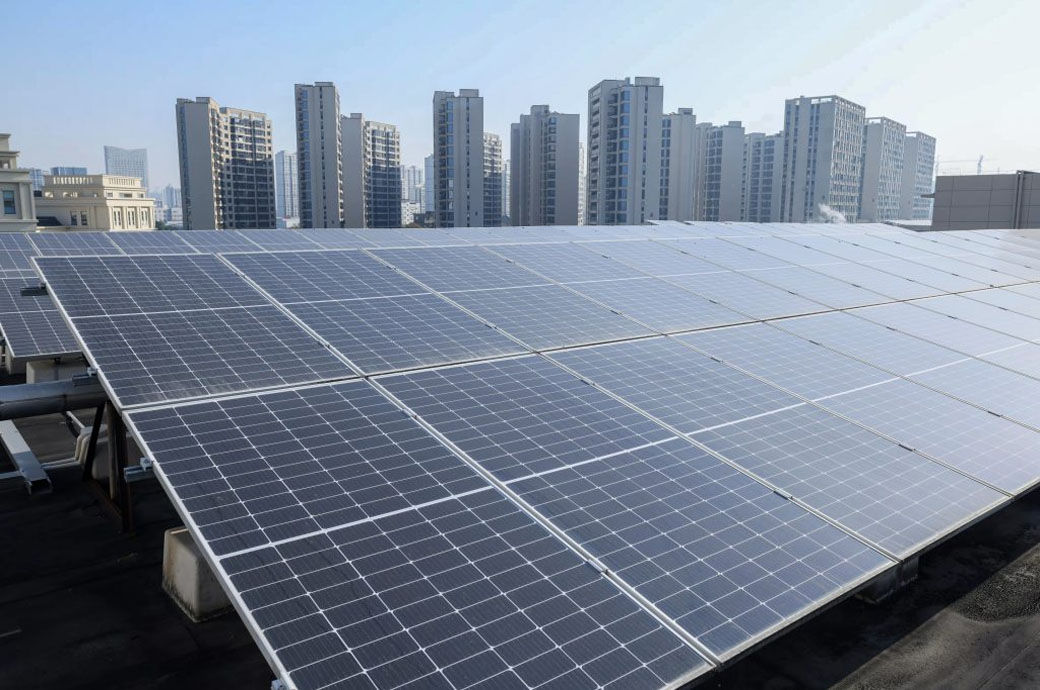

"We’re pleased to be recognised for our transparency, but we know the work doesn’t stop there. Transparency is crucial for the industry, and at H&M Group we remain committed to increasing our public disclosure across all our sustainability work. If all brands shared more about their decarbonisation approach and what they’ve learned along the way, we can make better progress. We need to be brave to test, learn and innovate together". Leyla Ertur, Sustainability Director H&M Group.
H&M Group scores high in accountability, financing decarbonisation and advocacy. Recently, the brand’s parent company, H&M Group, launched its Climate Transition Plan to improve transparency around climate. The document outlines how the group will achieve its targets, focusing on energy efficiency and renewable energy.
H&M Group has also set ambitious science-based targets. By 2030 the group aims to cut absolute scope 1, 2 and 3 emissions by 56% and to achieve net-zero by 2040, as defined by the Science Based Targets initiative. This commitment is evidenced by a 22 percent decrease in scope 3 emissions in 2023 (baseline 2019).
To accelerate decarbonising fashion supply chains, H&M Group has developed a range of solutions. Together, they create an ecosystem of cost-effective support to drive down emissions. The group’s Green Fashion Initiative makes funding available to factories to invest in reducing energy demand and replacing fossil fuels with renewable alternatives. In addition, its collaborative financing tool, the Future Supplier Initiative, brings together brands to jointly finance decarbonisation projects in shared suppliers.
Fashion Revolution is the non-profit organisation organisation behind the Fashion Transparency Index, an annual report rating brands’ public disclosure of their supply chain, as well as environmental and social impact. What Fuels Fashion? is a one-off report that zooms in on transparency around climate and energy-related actions.
Fibre2Fashion News Desk (RM)